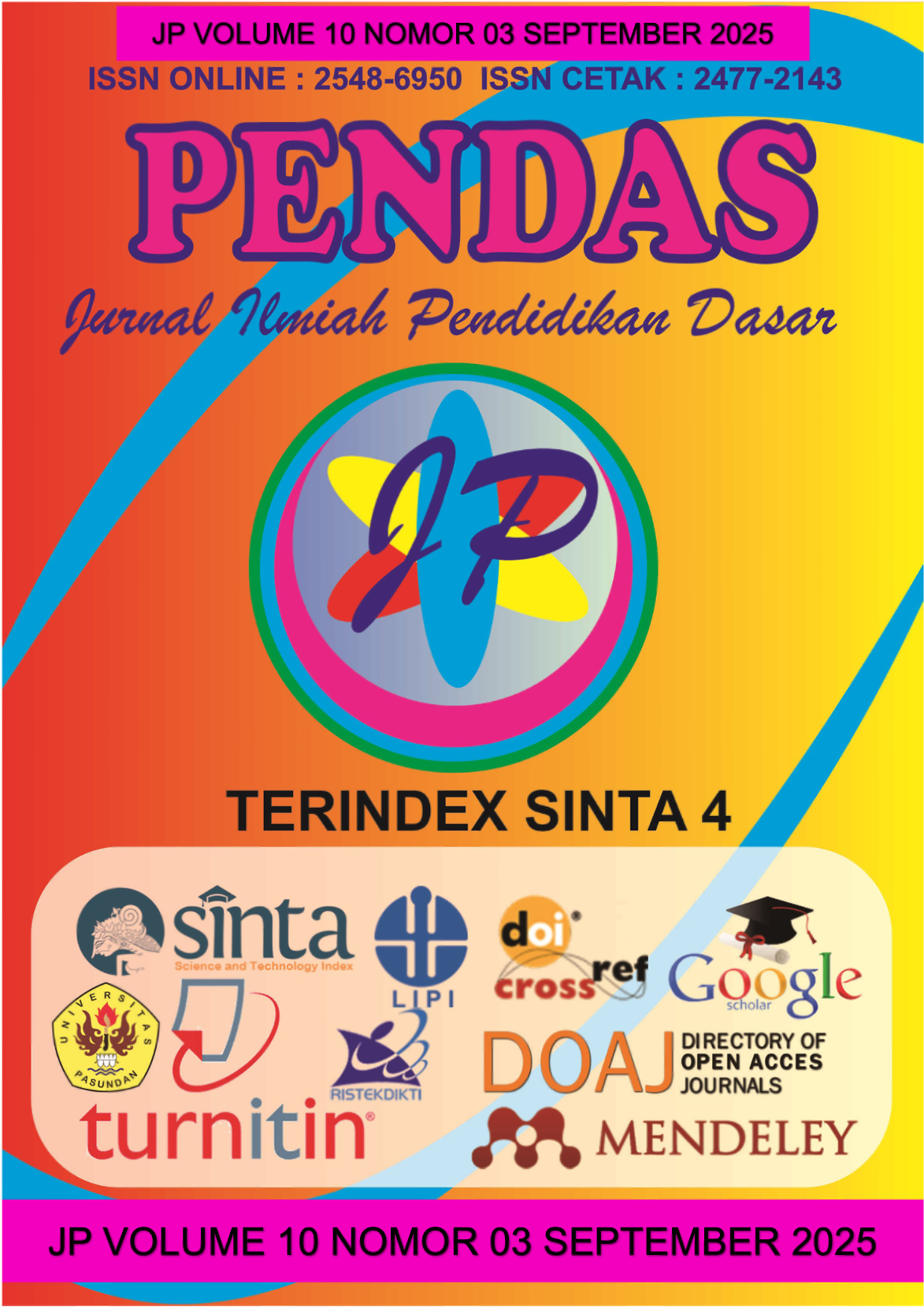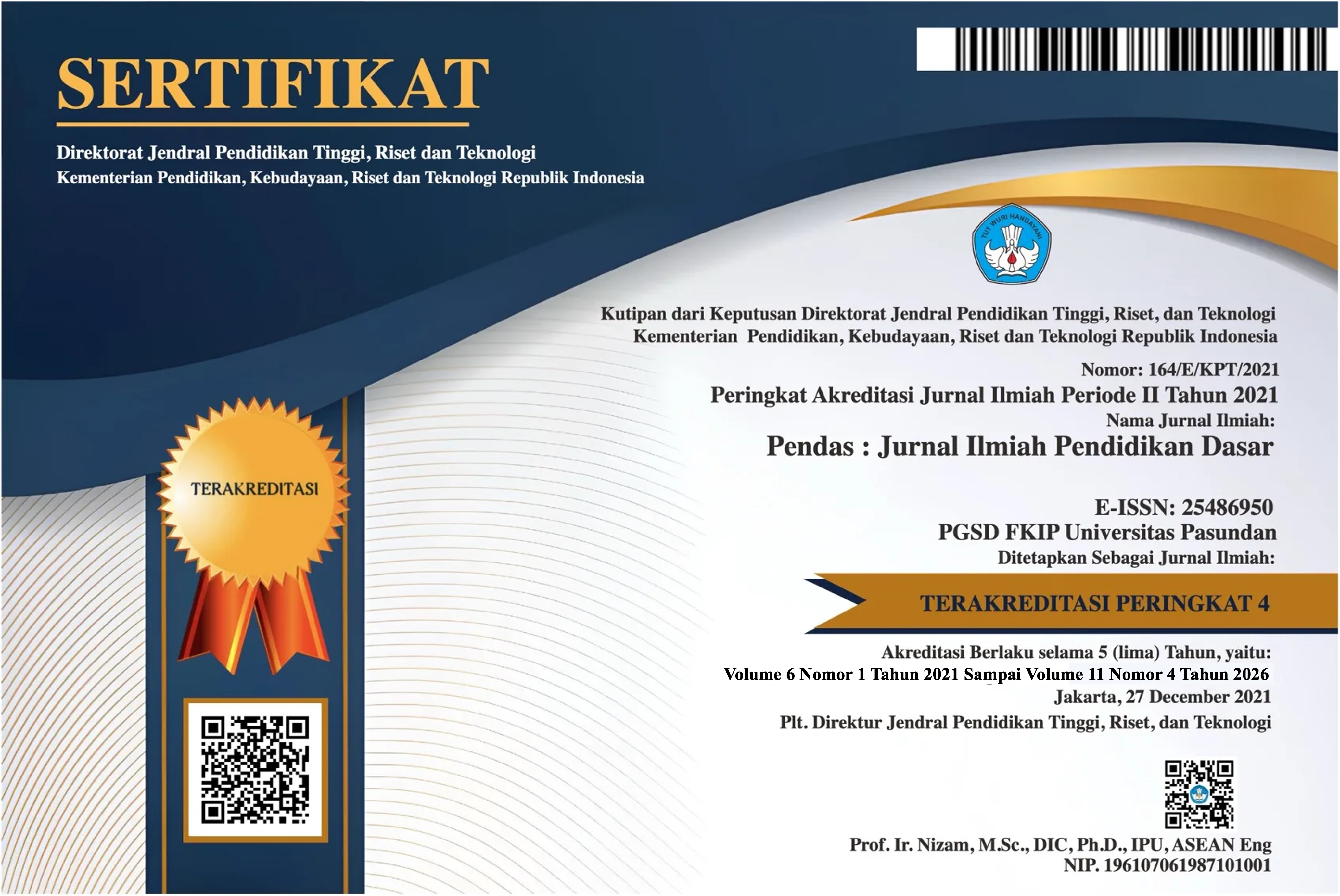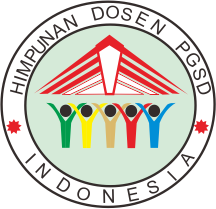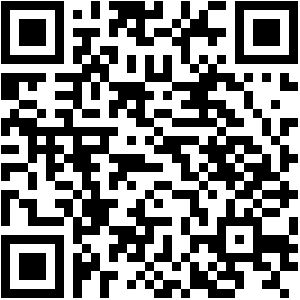Efektivitas Pembelajaran Problem-Based Learning (PBL) terhadap Pemahaman Konsep IPA Siswa Kelas V SDI Sikumana 3
DOI:
https://doi.org/10.23969/jp.v10i03.29886Keywords:
Problem-Based Learning, concrete media, renewable energy, science learning, elementary studentsAbstract
This study aims to assess the effectiveness of the Problem-Based Learning (PBL) model combined with the use of concrete media in enhancing students’ understanding of science concepts, particularly in the topic of energy transformation. The main problem underlying this research is the low level of students’ scientific concept mastery due to traditional lecture-based and non-contextual teaching approaches. This quasi-experimental study applied a quantitative approach and involved 75 fifth-grade students at SDI Sikumana 3 in Kupang City, who were divided into experimental and control groups. The experimental group received PBL instruction supported by concrete media in the form of mini solar panels, while the control group experienced conventional teaching without visual aids. Data were collected using multiple-choice tests, student engagement observation sheets, and closed-ended learning perception questionnaires. The analysis revealed a significant improvement in the experimental group’s posttest scores and N-Gain values, with 34.7% of students showing high-level improvement and 45.3% in the moderate category. These findings suggest that PBL integrated with tangible media is effective in helping students grasp abstract concepts, encouraging active participation, and promoting scientific thinking from an early ageDownloads
References
Buku :
Anderson, L. W., & Krathwohl, D. R. (2001). A taxonomy for learning, teaching, and assessing: A revision of Bloom’s taxonomy of educational objectives. Longman.
Arikunto, S. (2019). Prosedur penelitian: Suatu pendekatan praktik (Revisi ke-17). Rineka Cipta.
Bandura, A. (1986). Social foundations of thought and action: A social cognitive theory. Prentice-Hall.
Ghozali, I. (2018). Aplikasi analisis multivariate dengan program IBM SPSS 25 (Edisi ke-9). Badan Penerbit Universitas Diponegoro.
Kolb, D. A. (1984). Experiential learning: Experience as the source of learning and development. Prentice-Hall.
Ormrod, J. E. (2021). Essentials of educational psychology: Big ideas to guide effective teaching (6th ed.). Pearson.
Sugiyono. (2019). Metode penelitian kuantitatif, kualitatif, dan R&D. Alfabeta.
Trianto. (2021). Pembelajaran konstruktivistik: Konsep, strategi, dan penerapannya dalam Kurikulum 2013. Kencana.
Trilling, B., & Fadel, C. (2009). 21st century skills: Learning for life in our times. Jossey-Bass..
Jurnal :
Anderson, L. W., & Krathwohl, D. R. (2001). A taxonomy for learning, teaching, and assessing: A revision of Bloom’s taxonomy of educational objectives. Longman.
Arikunto, S. (2019). Prosedur penelitian: Suatu pendekatan praktik (Revisi ke-17). Rineka Cipta.
Bandura, A. (1986). Social foundations of thought and action: A social cognitive theory. Prentice-Hall.
Ghozali, I. (2018). Aplikasi analisis multivariate dengan program IBM SPSS 25 (Edisi ke-9). Badan Penerbit Universitas Diponegoro.
Kolb, D. A. (1984). Experiential learning: Experience as the source of learning and development. Prentice-Hall.
Ormrod, J. E. (2021). Essentials of educational psychology: Big ideas to guide effective teaching (6th ed.). Pearson.
Sugiyono. (2019). Metode penelitian kuantitatif, kualitatif, dan R&D. Alfabeta.
Trianto. (2021). Pembelajaran konstruktivistik: Konsep, strategi, dan penerapannya dalam Kurikulum 2013. Kencana.
Trilling, B., & Fadel, C. (2009). 21st century skills: Learning for life in our times. Jossey-Bass
Downloads
Published
Issue
Section
License
Copyright (c) 2025 Pendas : Jurnal Ilmiah Pendidikan Dasar

This work is licensed under a Creative Commons Attribution 4.0 International License.



















